How ‘Shawshank Redemption’ Turned a Prison Into a Hellhole of a Tourist Magnet
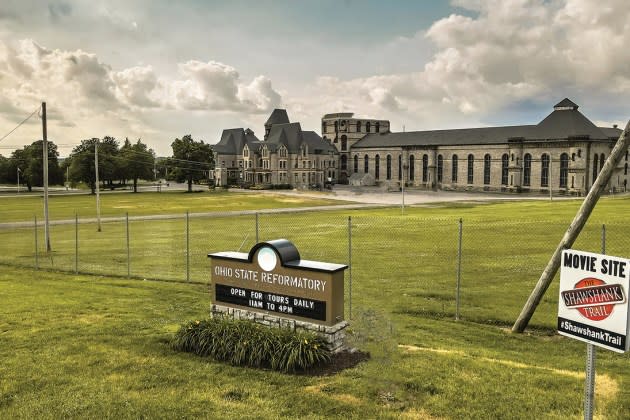
When Andy Dufresne crawled to freedom through “five hundred yards of shit-smelling foulness” in The Shawshank Redemption, it was the ultimate act of hope. As the story’s tagline has it, “Fear can hold you prisoner. Hope can set you free.”
As the movie turns 30, one small Midwestern town is throwing a celebration this summer — call it a big thank-you. Because filming took place over the summer of 1993 at the Ohio State Reformatory in Mansfield (population 47,000), a onetime manufacturing boomtown in north central Ohio, fans continue to flock from all over the world, eager to tour the former prison, which opened in 2019 as a museum.
More from The Hollywood Reporter
The Best Toiletry Bags for Keeping Your Skin Care, Makeup and Grooming Essentials Organized
The Best Early Memorial Day Luggage and Travel Deals on Tumi, Paravel and More
St. Regis Punta Mita Unveils Beachfront Villas and Redesigned Rooms Following $45M Renovation
Like the town, and like Andy, the movie itself went through a rough patch. Upon release in 1994, Shawshank was initially a box office flop. Seven Academy Award nominations, including best picture and best adapted screenplay, gave it a seal of approval. But then, steadily, by word-of-mouth, the film rose to crown IMDb’s Top 250 Movies chart, a ranking determined by IMDb users. Since 2008, it has remained at No. 1.
This success story is fitting: Andy’s crawl through that stinking sewer pipe highlights Shawshank’s inner-story of resilience and humility. As the film’s tagline has it, “Fear can hold you prisoner. Hope can set you free.”
Writer and director Frank Darabont’s adaptation of Stephen King’s novella Rita Hayworth and Shawshank Redemption tells the story of Dufresne (Tim Robbins), a frigid man wrongly imprisoned for murdering his wife and her lover, and the deep friendship he finds with fellow prisoner Ellis “Red” Redding (Morgan Freeman).
Not only was Darabont blessed with brilliant casting, but he found the perfect location.
“I was looking for a big, empty prison,” recalls Darabont. While trawling the Showbiz Expo trade show in Santa Monica, he met Eve Lapolla, former head of the Ohio Film Commission. “She showed me an aerial photo of this big, Gothic-looking place,” Darabont tells THR. “I looked at another prison near Nashville, but it looked more like Cinderella’s castle — I did end up using that one in The Green Mile.“
The Mansfield prison, with its nightmarish appearance, seemed almost perfect but needed some sprucing up to be usable — if it looks grim in the film, it was far worse in reality. “It was in terrible shape. It looked like all these stalactites,” Darabont says of the site’s decrepit, eroding plaster. “The front wall by the gates was falling apart.”
In 1990, Mansfield was a hub of activity, when the Westinghouse Electric Corporation operated there. But the shutdown of Westinghouse’s remaining plant in the town and the closing of the reformatory gates ripped out the town’s economic guts.
Then Hollywood came calling.
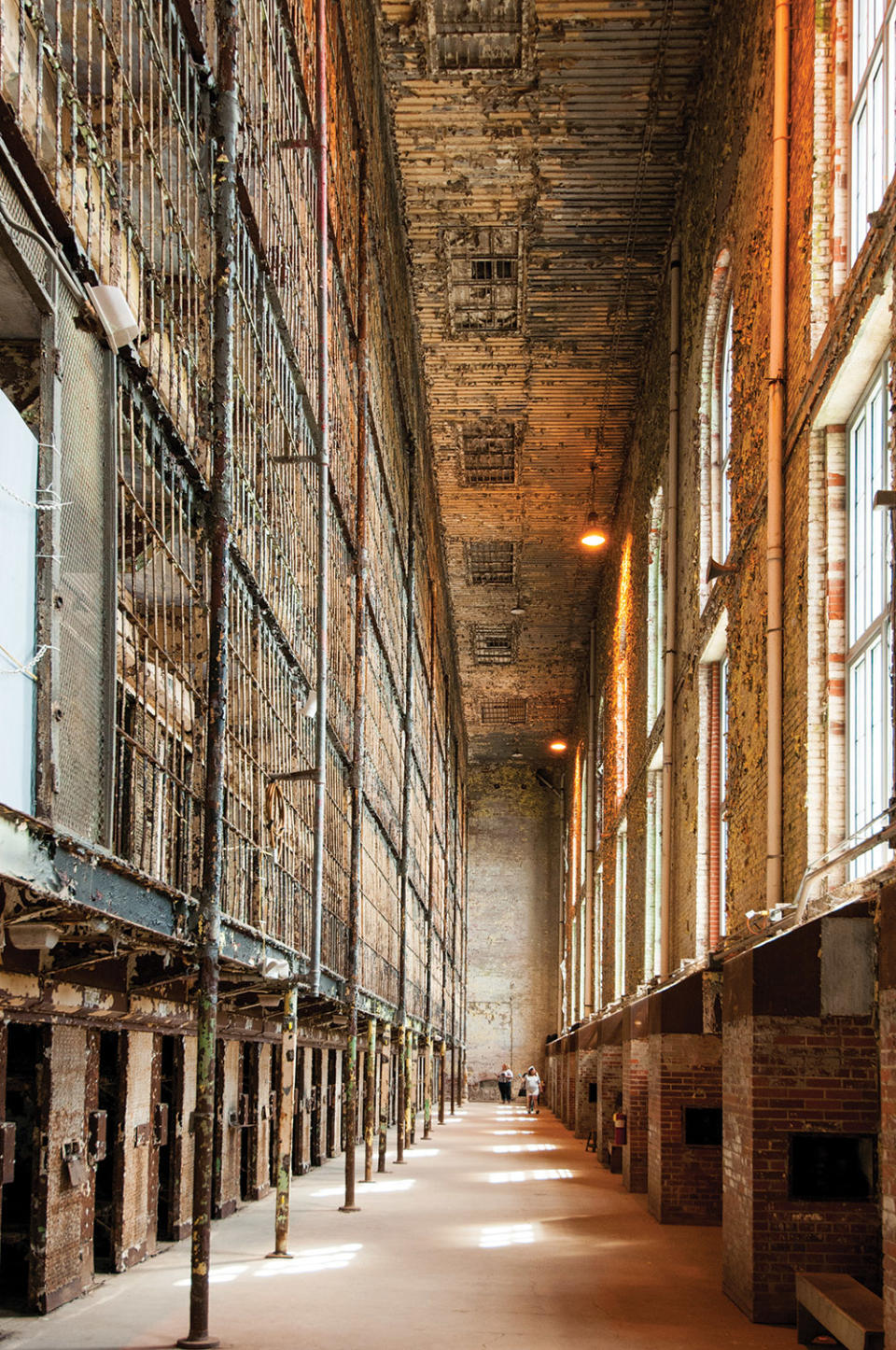
It was not lost on Darabont that Mansfield was yet another Rust Belt town struggling to find an economic and even social identity after its industrial glory days ended. “We were able to employ a lot of local people to work on the sets and as extras too,” he recalls. “The community really pulled together around the film. They were so welcoming.”
As a thank-you to the town, the movie premiered at Mansfield’s Renaissance Theatre in October 1994. But post-filming, the state planned to demolish the reformatory and erect a new prison there.
Luckily, wrecking ball plans came up against the local Mansfield Reformatory Preservation Society, formed in 1995 to save the deteriorating building, which is now listed on the National Register of Historic Places. “The architectural value is highly significant,” says Dan Seckel, principal at Seckel Group Architects in Mansfield and a founding board member of the preservation society. “To have both that particular use as a reformatory, and this grand architectural design in that time period is unique.”
Designed by Cleveland architect Levi Scofield with a “chateau-esque” shimmering limestone exterior, the reformatory opened in 1896 to rehabilitate minor offenders via education, even teaching them a trade. The model was highly successful, but declining funding nixed the program in the 1960s and the prison began housing the vilest of offenders, becoming the living hell seen throughout the movie. Years of overcrowding and decline led inmates to sue the state for inhumane conditions. They won.
And after Darabont shined a Hollywood spotlight on the reformatory, the state thought twice about demolishing it.
“With the Shawshank interest, the state came around,” says Seckel. “It took a few years for us to gain control. It was really in bad shape by then.”
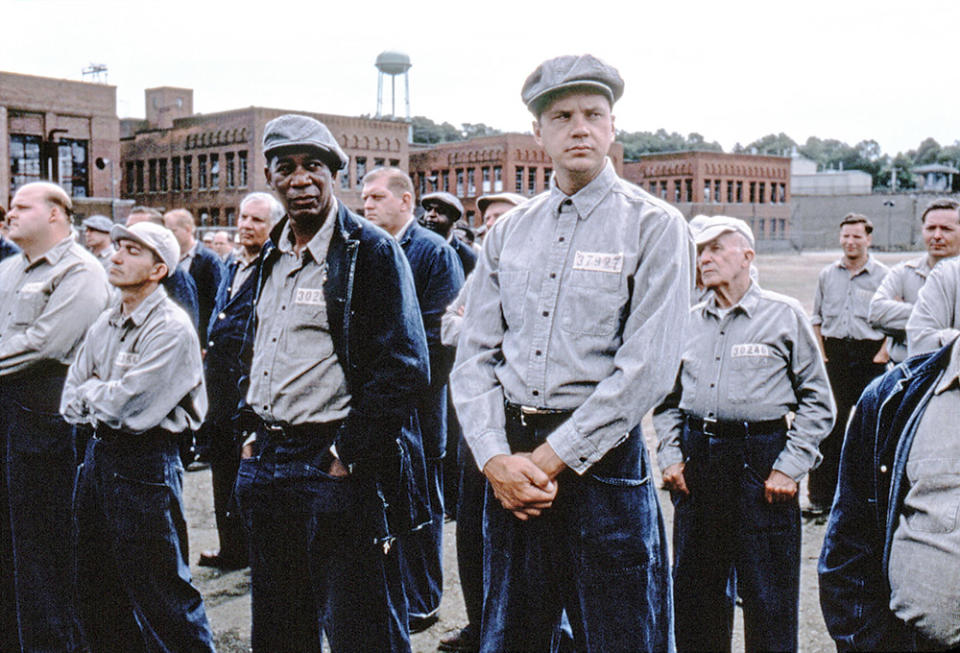
The state sold it to the preservationists for a nominal dollar. General tours of the prison started in 1996. It has since appeared in more movies, including 1997’s Air Force One (“I didn’t see Harrison Ford but Glenn Close was here,” says Sekel) and 2021’s Judas and the Black Messiah. By 2019, they had acquired enough memorabilia to open a museum.
In their early days as guardians, Seckel and the team cleared out junk from the yard and repaired what they could themselves. “I noticed people driving up,” he says. “I was amazed. People would show up at the gates. Some were from Japan and Brazil, even. Just to see where The Shawshank Redemption was made.”
Affirms Dan Smith, associate director at the Ohio State Reformatory, “The main reason people come is because Shawshank was filmed here. We’ve had a few paranormal TV shows filmed here, too; we get that crowd visiting. But it is Shawshank that’s the main attraction.”
Inside the prison turned museum, parts of the building used heavily in filming openly pay homage to the movie. The faces of Andy and Red and other characters gaze from full-size cardboard cutouts and from photographs of various scenes. “At first, all we had were the screen images to re-create the scenes,” says Smith. “But we now have a lot of real props in our Shawshank museum. We built a relationship with Frank, and he donated some of his personal memorabilia.”
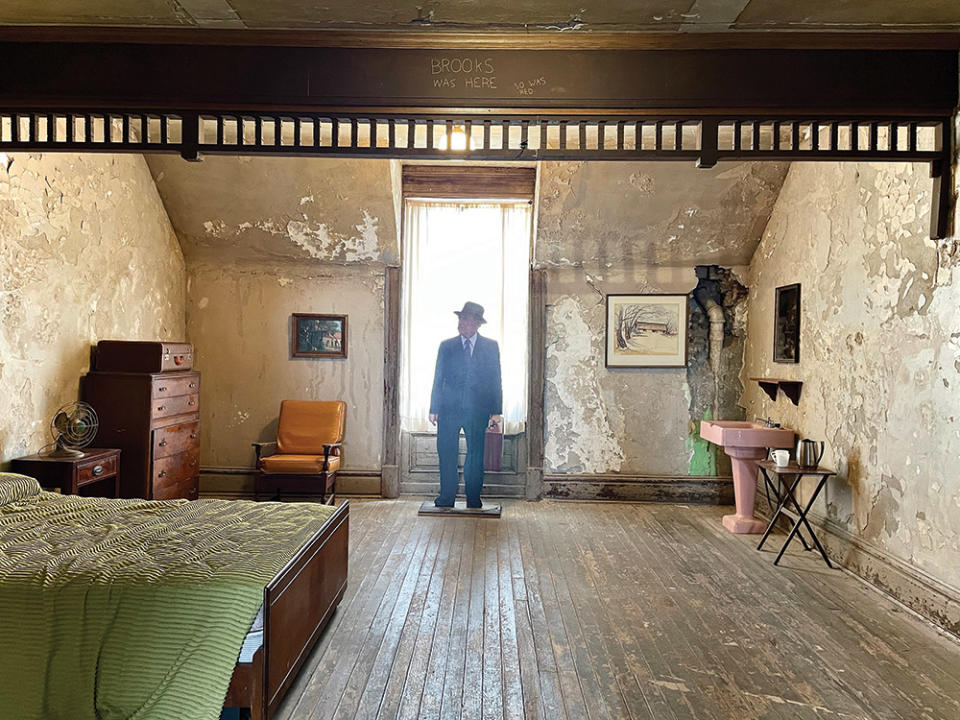
Taking a historic tour with a guide reveals what life was like there. It was not pretty. At its worst, as many as eight men crammed into astonishingly small, dark cells — stacked one atop another. The cells were originally built for two inmates, each with a toilet and small sink as the only convenience.
“It must have been pretty bad. You can feel how oppressive it was when you are in the tiny cells,” Darabont says. “We couldn’t use them to film in; they were too small to fit the crew inside. We had to build a set in a nearby empty warehouse. That is what you see in the film.” Agrees Smith, “The sheer. noise of all those men stacked up on one another … the smell must have been terrible. Most men wanted to do their time and get out and never return.”
In a strange plot twist, Shawshank gave the community a cultural and economic boost, with around 170,000 people a year visiting the museum. “People all over the world know the film,” says Smith. “For them, Shawshank is living now, here. The film is bringing people to the prison and into Mansfield and into businesses.”
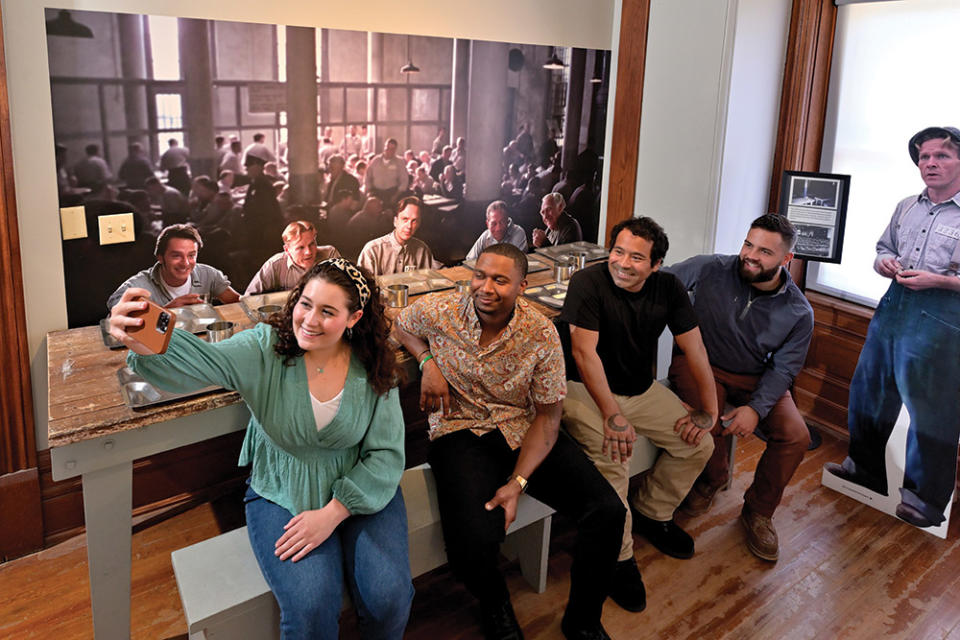
Darabont couldn’t be more thrilled that the movie helped save the prison, and in turn benefits the town, and he’s excited to return this summer for the museum’s Shawshank 30th anniversary celebration (Aug. 9-11), which is a major fundraiser for the building’s preservation.
“My wife and I went to the 25th anniversary and had such fun,” Darabont beams. “People from all over the world were there. I’m trying to rally the cast into attending. It is such a great event, and a great community of fans, and the local people are so behind it.” Adds Smith, “The community still feels that Shawshank connection. It is impactful to the people living in Mansfield. There’s an emotional connected to the film and that translates into the building.”
This story first appeared in the May 22 issue of The Hollywood Reporter magazine. Click here to subscribe.
Best of The Hollywood Reporter

 Yahoo News
Yahoo News 
